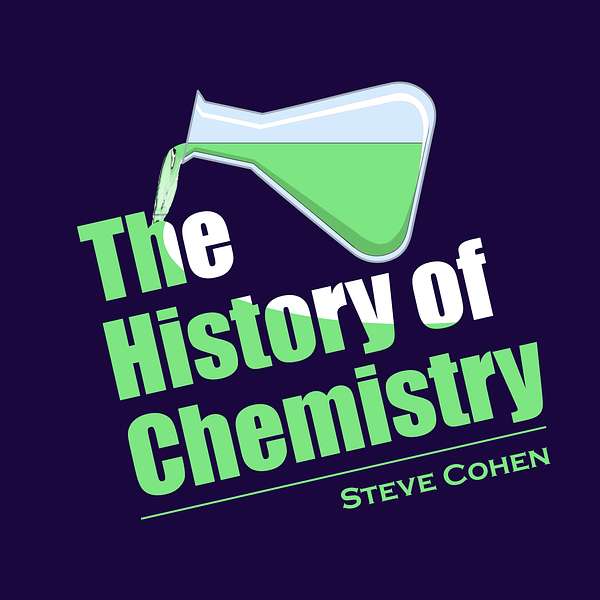
The History of Chemistry
Chemistry is everywhere, and involves everything. But how did chemistry get to be what it is? I'm Steve Cohen, a chemist and writer, bringing you The History of Chemistry. This podcast explores the development of chemistry from prehistoric times to the present, including the people and societies who made chemistry what it is today. The History of Chemistry is for you, whether you hated chemistry in high school, or got a PhD in inorganic chemistry. We'll explore how chemistry affected art, music, language, politics and vice-versa. Whether it's ancient Greek philosophers, medieval alchemists, or modern laboratory apparatus, it's all here. Don't forget to support my series at https://www.patreon.com/thehistoryofchemistry !
The History of Chemistry
85: Great Balls of Fire
•
Steve Cohen
•
Episode 85
A new form, or allotrope, of the element carbon was discovered in the 1980s, and we hear of the story, centering on three chemistry professors: Harry Kroto, Richard Smalley, and Robert Curl. But they couldn't definitively show the molecular structure of their discovery, though they believed strongly, with circumstantial evidence, that it was soccerball-shaped. A few years later, Wolfgang Krätschmer and American Donald Huffman learned how to make significant quantities of this molecule, and showed that the trio were right.
- Support my podcast at https://www.patreon.com/thehistoryofchemistry
- Tell me how your life relates to chemistry! E-mail me at steve@historyofchem.com
- Get my book, O Mg! How Chemistry Came to Be, from World Scientific Publishing, https://www.worldscientific.com/worldscibooks/10.1142/12670#t=aboutBook